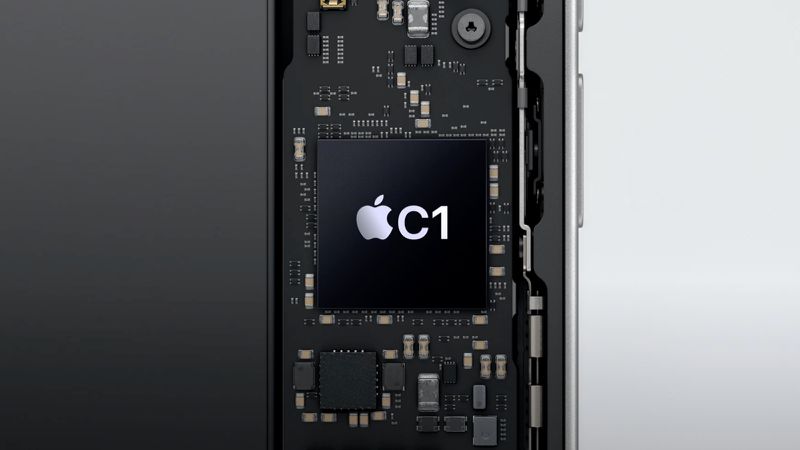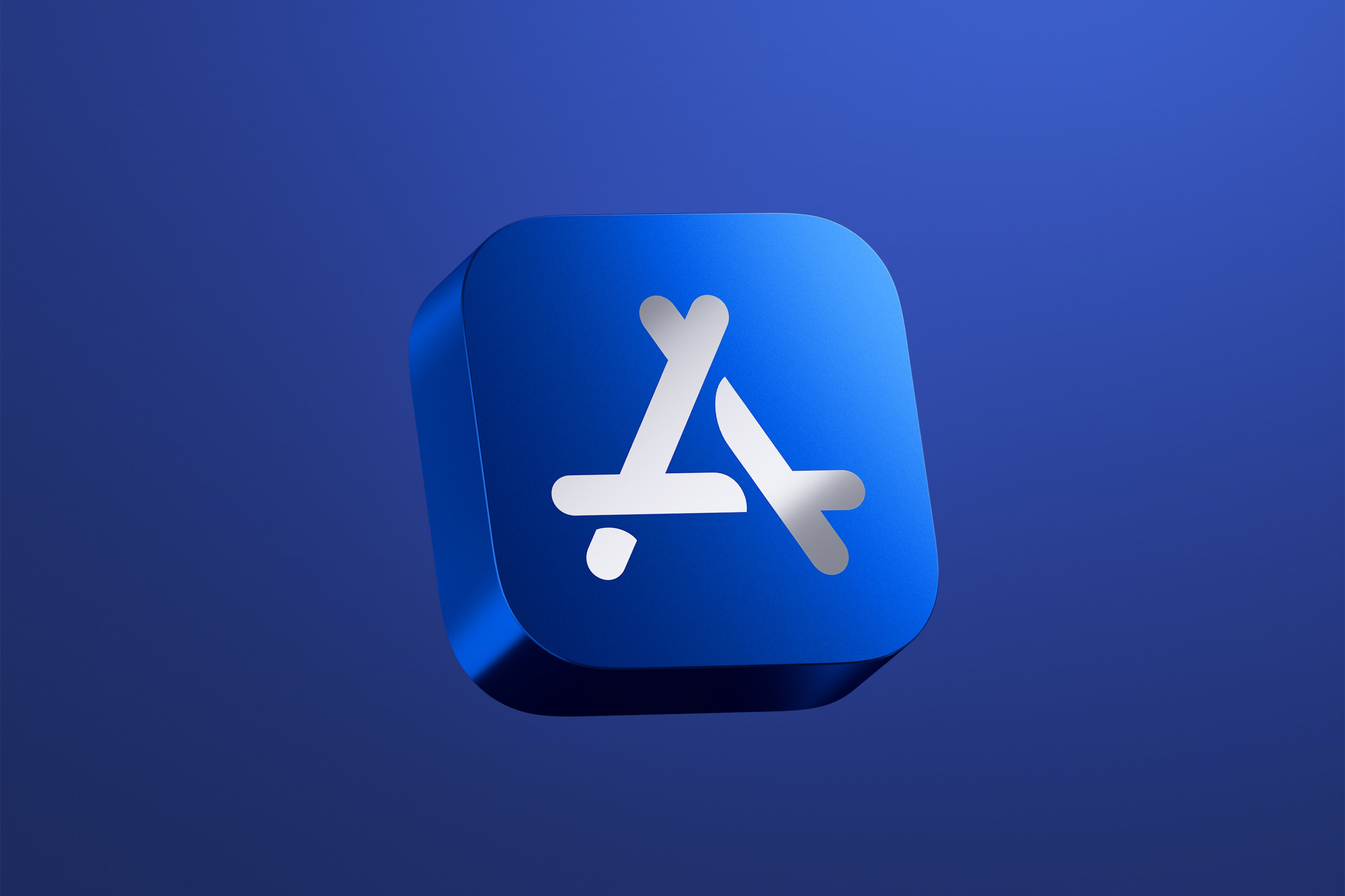The UK’s Competition and Markets Authority (CMA) shared its final thoughts on Wednesday about the mobile browser market in the country. The group says Apple’s rules are the main reason why competition and new ideas are being held back.
The CMA’s team found that Apple forces all browsers on iPhones and iPads to use its WebKit engine. This stops other browsers from adding special features or running better, even if they work well on other systems. It’s a big roadblock for companies trying to stand out.
The report also highlights other Apple habits that cause trouble. For example, Safari gets special perks on iOS that other browsers don’t. Apple also limits how browsing works inside apps and makes Safari the go-to browser pre-installed on every iPhone.
Google got some attention, too, for putting Chrome on Android phones from the start. But the CMA said Apple’s limits hurt competition more. They also pointed out a big money deal where Google pays Apple billions each year to stay the default search engine on iPhones. This setup makes it less likely for them to compete.
Since the CMA’s early report last November, both companies have made some changes. Apple’s December update, for instance, made it a bit easier for users to pick a different browser. The CMA says these steps help a little but don’t fix everything.
To solve the bigger problems, the CMA suggests ideas like letting other browser engines work on iOS, adding a screen during setup to pick a browser (like in the EU), and putting limits on the Google-Apple search deal. These aren’t rules yet—the CMA is still checking if Apple and Google should get a “strategic market status” label under a new UK law. That decision, due later this year, could let the CMA set tougher rules and fines up to 10% of the companies’ yearly earnings.
The report also wrapped up a look at cloud gaming. After Apple tweaked its App Store rules, the CMA decided no more action was needed there. This comes as regulators in places like the European Union and the United States also dig into mobile browser fairness.







